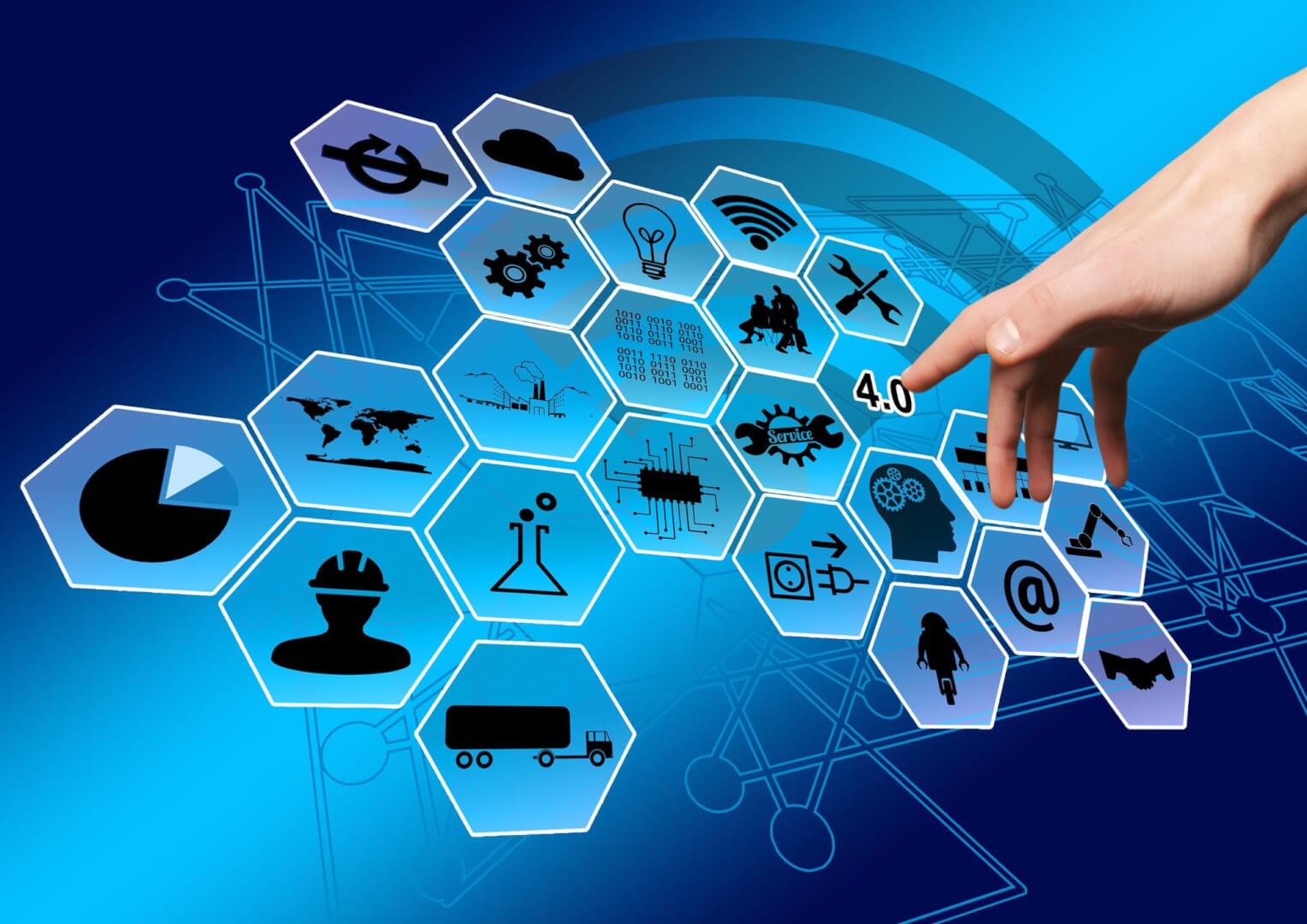The importance of cybersecurity is often associated with industries such as finance, IT, and healthcare. However, innovations in cybersecurity for sectors such as transportation and logistics deserve some recognition, too.
In the past, cybercriminals disrupted operations and services of various transportation systems in America through ransomware attacks. All of this reinforces the need for better cybersecurity practices so operations can run smoothly.
While keeping up with technological advancements and trends can seem daunting, it’s not impossible, especially if your technological age is much younger than your biological age. This technological age quiz reveals how “old” you could actually be. No matter your technological age, cybersecurity trends in the industry can be a good indicator of what to expect in the future of consumer electronics.
Below are five cybersecurity trends set to shake things up across industries.
Behavioral Analytics
The implementation of biometrics has continually strengthened cybersecurity efforts. We’re expecting to see an upgraded version of biometrics in behavioral analytics in the future.
Behavioral biometrics usually utilizes things like gait and height recognition. With behavioral analytics, though, other factors like habits in a user’s workflow, trends, and behavioral patterns, will be examined to detect abnormalities. For example, a spike in activity in a user’s account when they’re usually inactive will signal that a breach might have occurred.
AI and Machine Learning
The use of artificial intelligence (AI) and machine learning with behavioral analytics will hasten the process of detecting abnormalities. Through AI, large amounts of data can also be processed to predict cyber threats in the future before they occur. AI and machine learning can also send alerts when cyber security breaches occur so that security patch fixes are deployed without human intervention. AI and machine learning tools ensure that any cybersecurity strategy gaps are filled.
Blockchain
Blockchain is a digital ledger of transactions or activity on a particular item. With blockchain, transactions for purchasing items, transference of assets, and more are recorded digitally, making it easier to detect suspicious activities. Besides serving as a digital ledger, blockchain can secure systems of individual devices through decentralization. This prevents distributed denial of services attacks from occurring more frequently. Blockchain provides transparency, and because it’s entirely automated, it prevents errors caused by humans, which could lead to disruptions in services and inaccuracy in data collection.
Multi-factor Authentication
Multi-factor authentication or MFA involves using passwords, biometrics, and one-time passwords to authenticate a login. Codes sent via text message to a previously nominated mobile device also serve as a form of MFA. This authentication method is one of the most basic cybersecurity features that adds an extra security layer to protect accounts, data, and other information.
As cybersecurity technology continues to improve and evolve, so will advancements in MFAs in the future. Currently, MFAs are used a lot in the technology industry, with some finance apps requiring MFAs to authenticate logins to accounts.
Security for IoT Devices
In recent years, cybercriminals have sought to target vulnerabilities in IoT devices such as smart home hubs, watches, and speakers. In the first six months of 2021, there was a 100 percent growth in cyber attacks on such devices. When a hacker gains access to vulnerable smart home devices, they’re able to steal the identity and information of its owner and spy on them remotely, too.
As such, more companies such as Amazon and Google are developing cybersecurity infrastructure for IoT devices to protect consumers from potential hackers.
It’s hard to truly determine what trends in cybersecurity will prevail over each other. However, one thing’s for sure, like different types of technology, advancements in cybersecurity will continue to change and improve as time goes by. After all, cybercriminals have been increasingly innovative, which means cybersecurity experts have to step up their game continually.









